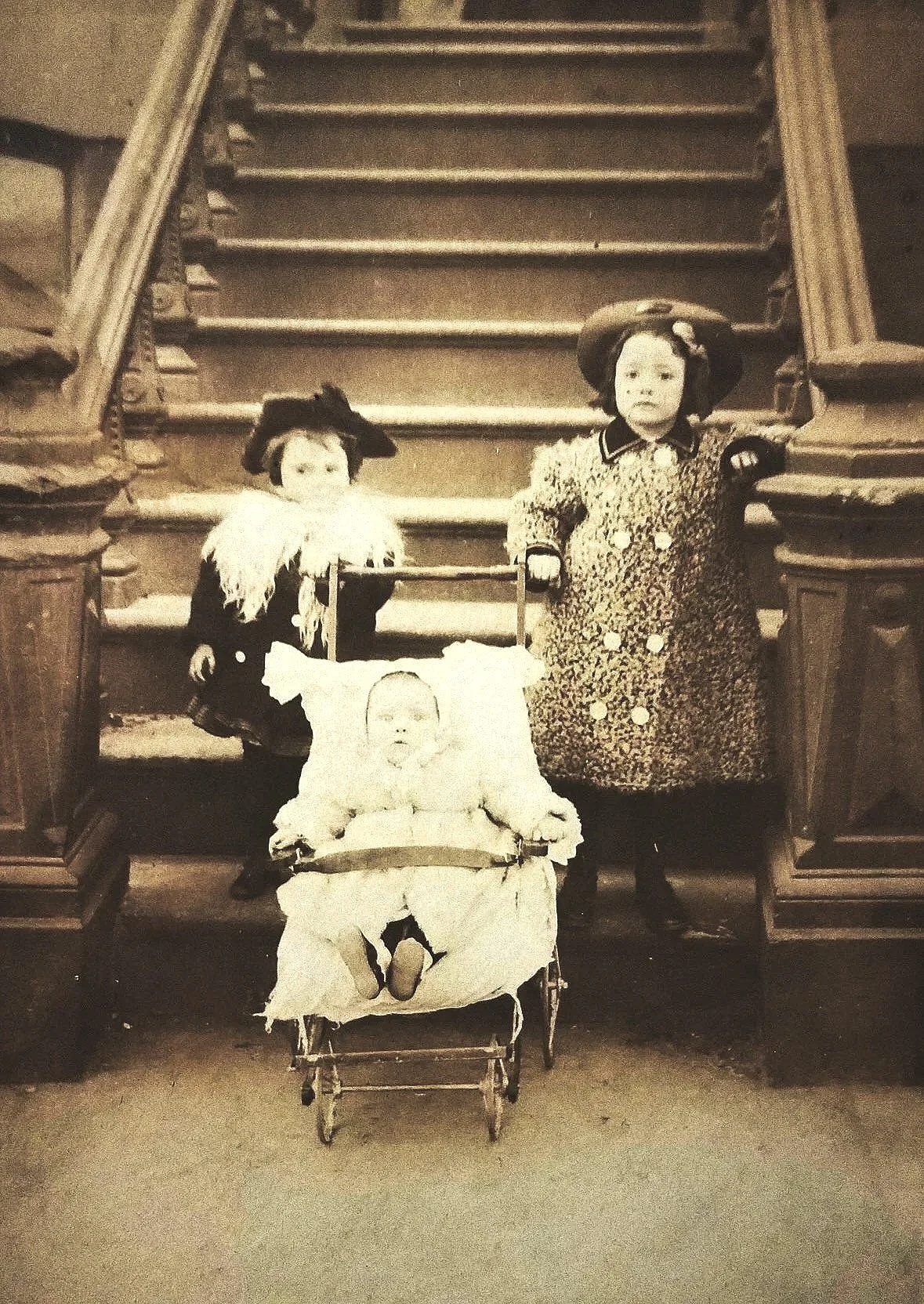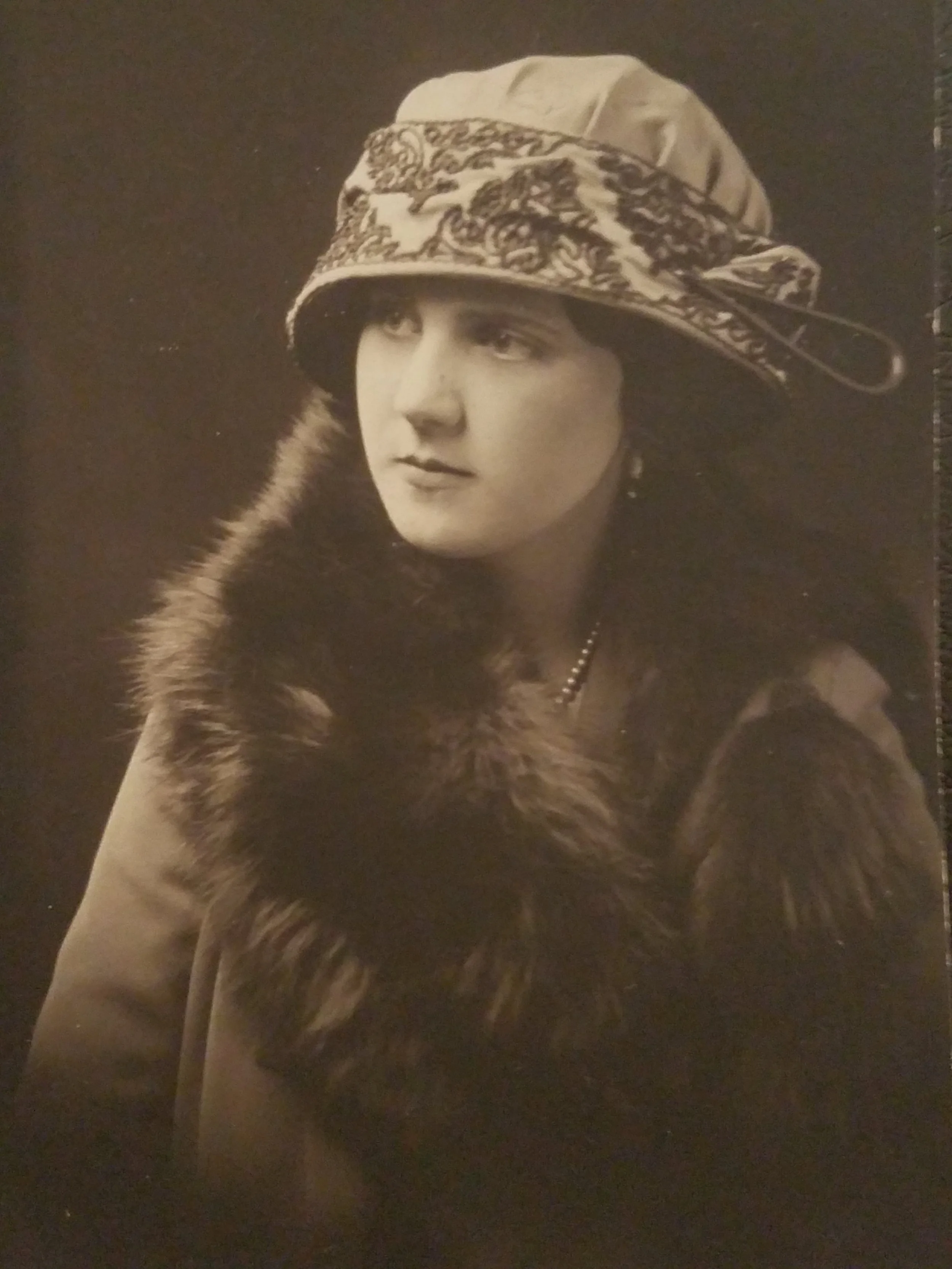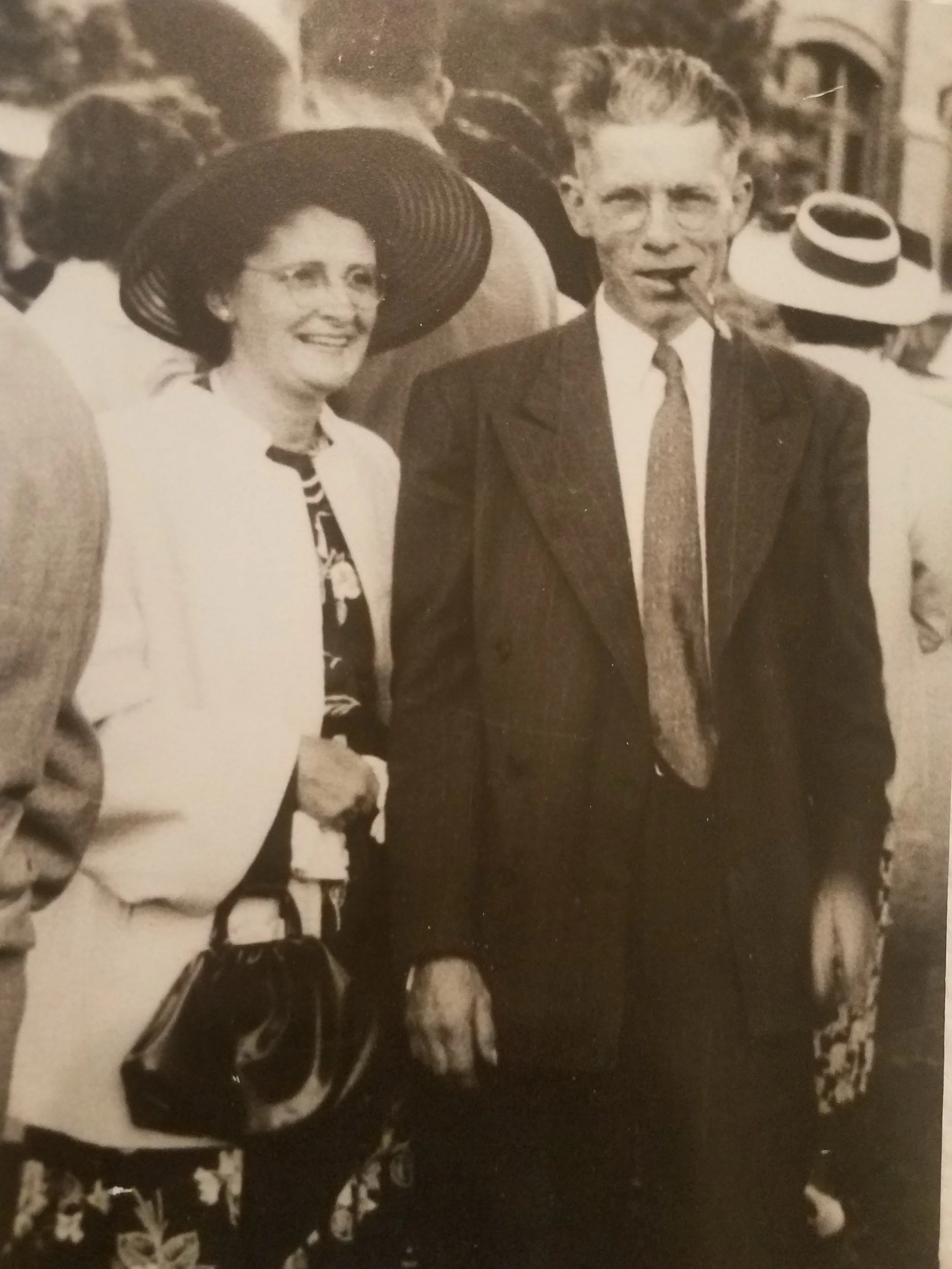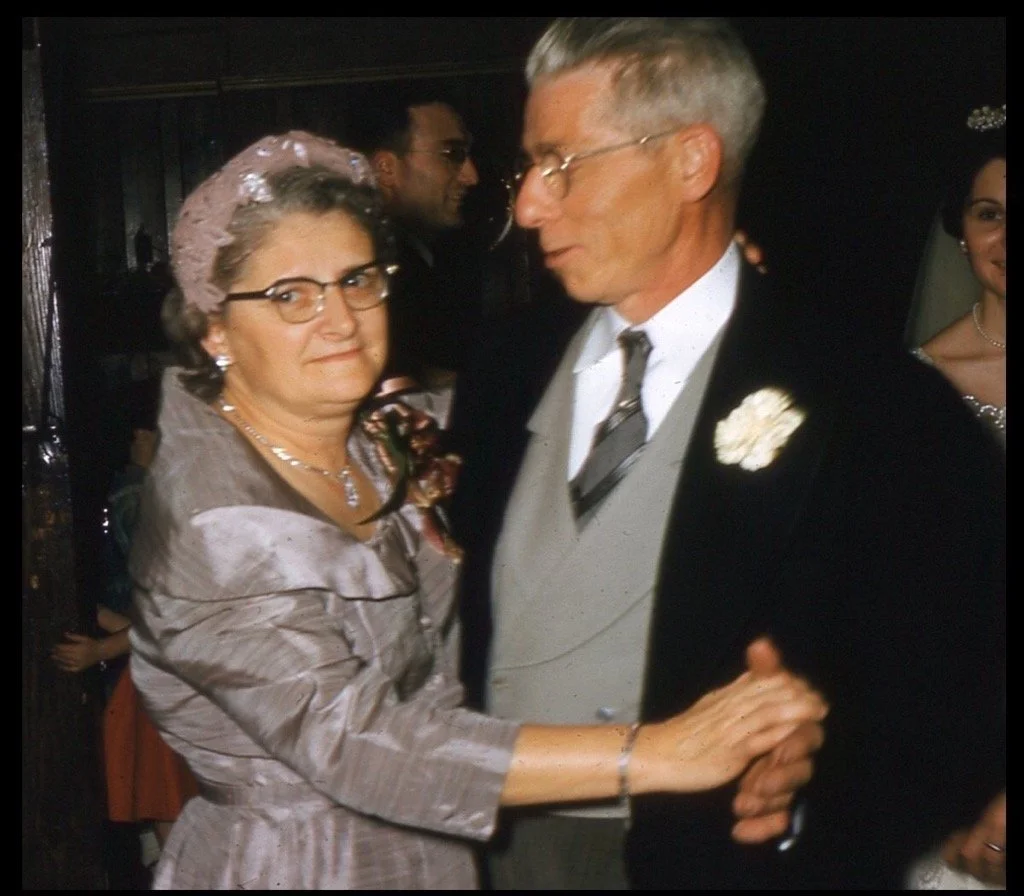Four Generations in Hats: A Brooklyn Story of Resilience
Part of the Storyline Genealogy series: When one craftsman's legacy becomes four generations of resilience—the stories objects can tell.
The Hats John Kenny Made
How one Irish immigrant's craftsmanship created a legacy of female resilience that sustained four generations across 69 years of triumph and tragedy
Ward 7 Brooklyn: The Irish Textile Trades, 1870s-1890s
In the decades following the Great Famine, Brooklyn's Ward 7 became a thriving hub for Irish immigrant craftsmen in the textile trades. The neighborhood's proximity to Manhattan's wholesale district, combined with waterfront access for imported materials, created ideal conditions for skilled workers to advance from basic textile work into specialized crafts.
The progression from mat weaving to hat making represented more than occupational advancement—it symbolized the American dream in action. Mat weavers worked with coarse materials, producing utilitarian floor coverings. Hatters, by contrast, were skilled artisans who shaped fine felt and straw into fashion items that signaled social status. The journey from one to the other required years of skill development, access to better materials, and integration into professional networks.
This specific progression—documented across multiple city directories and census records—became the key identifier that distinguished John Kenny from dozens of other Irish immigrants with the same name living in Brooklyn during the same period. But the true significance of his craft would only become apparent in the decades after his death.
The Legacy Timeline: From Tragedy to Triumph
On May 24, 1884, Margaret McKenny Kenny dies at age 33 of pulmonary consumption (tuberculosis) at 39 Nostrand Avenue, Brooklyn. She leaves behind her husband John and three daughters: Elizabeth (age 5), Mary Agnes (age 1), and infant Margaret Mary (age ~3 months).
Seven weeks later, on July 12, 1884, baby Margaret Mary dies of cholera infantum at 39 Sandford Street. John is now a widower with two surviving daughters. Both grandmothers—Eliza Kenny (John's mother) and Ann Lynch MacKinney (Margaret's mother)—help support the family.
In the 1880s, tuberculosis was the leading cause of death in America, and cholera infantum killed thousands of babies each summer in crowded urban tenements. The Kenny family tragedy was, heartbreakingly, commonplace among Irish immigrants in Brooklyn's Ward 7.
-1888
For four years, John Kenny continues working as a hatter while raising Elizabeth and Mary Agnes with help from both grandmothers. City directories track his progression from matmaker to hatter during this period—evidence of continued skill development even while managing single parenthood in an era with no support systems for widowed fathers.
Then the losses accelerate: In 1887, his mother Eliza Kenny dies. On May 10, 1888, his mother-in-law Ann Lynch MacKinney dies at age 66. John has now lost his wife, infant daughter, mother, and mother-in-law within four years.
On November 30, 1888—just six months after losing his mother-in-law—John Kenny dies at approximately age 36. His death certificate lists his occupation as "Hatter," representing the culmination of nearly two decades of skill development from mat weaver to master craftsman.
Elizabeth (age 9) and Mary Agnes (age 5) are now completely orphaned. Both parents dead, both grandmothers dead. The only family member left is their aunt, Mary F. "Maime" MacKinney, who herself just lost her mother six months earlier.
In the span of 4.5 years, the Kenny family lost five people: Margaret, baby Margaret, Eliza, Ann, and John. Two little girls faced complete orphanhood with no living parents, no living grandparents, and uncertain futures in an era when orphanages were the typical solution. This is where Aunt Maime's extraordinary devotion begins.
–
1920
Mary F. "Aunt Maime" MacKinney, unmarried and living in Brooklyn, takes in her orphaned nieces and raises them for the next 32 years. Both girls remain in her household through their childhoods, teenage years, and into adulthood. Elizabeth doesn't marry until age 41 (1920), still living with Aunt Maime at the time of her wedding.
This wasn't charity—it was the Irish immigrant survival strategy that kept families together through impossible circumstances. Aunt Maime's devotion would span 47 years (1888-1935), eventually extending to her great-nieces and great-nephews.
A studio photograph captures Mary Agnes Kenny at approximately age 12, wearing an elaborate feathered hat with large ostrich plume. The quality and style of the hat—expensive even by middle-class standards—suggests either family creation using her father's professional network, or prosperity sufficient to purchase luxury millinery.
Seven years after John Kenny's death, his daughter wears a hat that represents everything he worked toward: skill, status, and beauty. This photograph is visual proof that his craftsmanship created lasting value for his children.
A professional studio photograph shows three young girls: Lillian Robertson (age 3), her sister Helen (age 1, in an ornate baby carriage), and a Robertson cousin. All three wear expensive hats and clothing. The elaborate feathered hats, white fur accessories, and professional photography session represent significant family investment.
Twenty-one years after John Kenny's death, his granddaughters are photographed in luxury that would have been unimaginable to an Irish mat weaver in the 1870s. The hats they wear symbolize three generations of advancement—from survival to prosperity.
Within two weeks of each other, both Mary Agnes Kenny Robertson and her husband Joseph die, leaving three children: Lillian (age 18), Helen (age 16), and Joseph (age 4). Once again, the female survival network activates.
Lillian, barely an adult, becomes guardian to her younger siblings. Supporting her are both aunts: Mary F. "Aunt Maime" MacKinney (now in her 70s, who raised Lillian's mother) and Elizabeth "Aunt Lillian" Corbett (Lillian's mother's sister, age 45, WWI veteran).
The female resilience network that saved Mary Agnes and Elizabeth in 1888 now saves their children in 1924. Thirty-six years of mutual support and female devotion keeps the family intact through another devastating loss.
On January 28, 1928, Lillian Josephine Robertson marries Miles O'Brien. A portrait from approximately 1930 shows the couple well-dressed and prosperous: Lillian in a stylish cloche hat and fur-collared coat, Miles in a quality fedora and suit. The professional studio portrait indicates continued economic stability.
Forty years after John Kenny's death, his granddaughter—orphaned at 18, raised by elderly aunts, responsible for younger siblings—achieves the stability and prosperity that her grandfather's craftsmanship made possible.
A family photograph captures multiple generations gathered on a porch: Lillian with her husband Miles, their children, and extended family. In the back row, two girls wear stylish hats: 10-year-old Barbara O'Brien (center) and Lillian herself (far right). All are well-dressed, the home comfortable, the family thriving.
Fifty-four years after John Kenny's death, his great-granddaughter Barbara wears a hat at age 10—the fourth generation to carry forward the legacy of style and dignity that began with a mat weaver in Ward 7 Brooklyn. The tradition continues unbroken from the 1870s to the 1940s.
On her daughter Barbara's wedding day to Thomas K. Hamall, Lillian wears a sophisticated taupe hat that would be considered stylish even 61 years later when her grandchild discovers the photograph in 2018. The timeless elegance of that taupe ensemble—modern, refined, impeccably chosen—captures everything the Kenny family legacy represents.
Sixty-nine years after John Kenny died, his granddaughter—orphaned at 18, raised by aunts, survivor of Depression and tragedy—stands at her daughter's wedding wearing a hat so stylish it could grace a modern fashion magazine. From mat weaver to master hatter to four generations of women who understood that dignity, beauty, and resilience are inseparable: this is the legacy John Kenny made.
The Female Survival Network: Four Women Across 62 Years
"The hats were never just about fashion. They were about dignity, resilience, and the promise that tragedy doesn't have to end your story. From a widow's determination to a craftsman's skill to four generations of women who refused to let their family fall apart—every hat was a declaration: We survived. We thrived. We honored those who came before us."
— The Kenny Family Legacy, 1854-1957
Part of the Storyline Genealogy series: Uncovering the extraordinary stories hidden in ordinary family histories, one ancestor at a time.
Four Generations, 69 Years
The Visual Legacy of John Kenny's Craftsmanship
Download the Portfolio Sample
This research resulted in a professional family keepsake document combining historical research with narrative storytelling. See how rigorous archival research transforms into a beautiful legacy document your family will treasure.
View Portfolio Sample (PDF)Every case study becomes a professional family keepsake. This 5-page sample demonstrates the narrative structure, visual presentation, and documentation style used in complete family research projects.
Four Words That Solved a Seven-Year Mystery
The visual components above show the evidence and methodology. But the real story is in the seven-year journey of dead ends, breakthrough moments, and the development of a new research framework that changed how we approach common surname challenges.
Discover Your Family's Story
Every family has untold stories waiting to be uncovered. Let's reconstruct your ancestor's lived experience through rigorous archival research.
Contact Us






